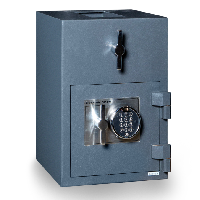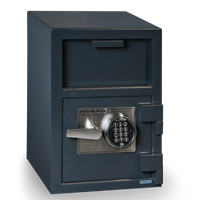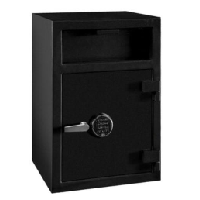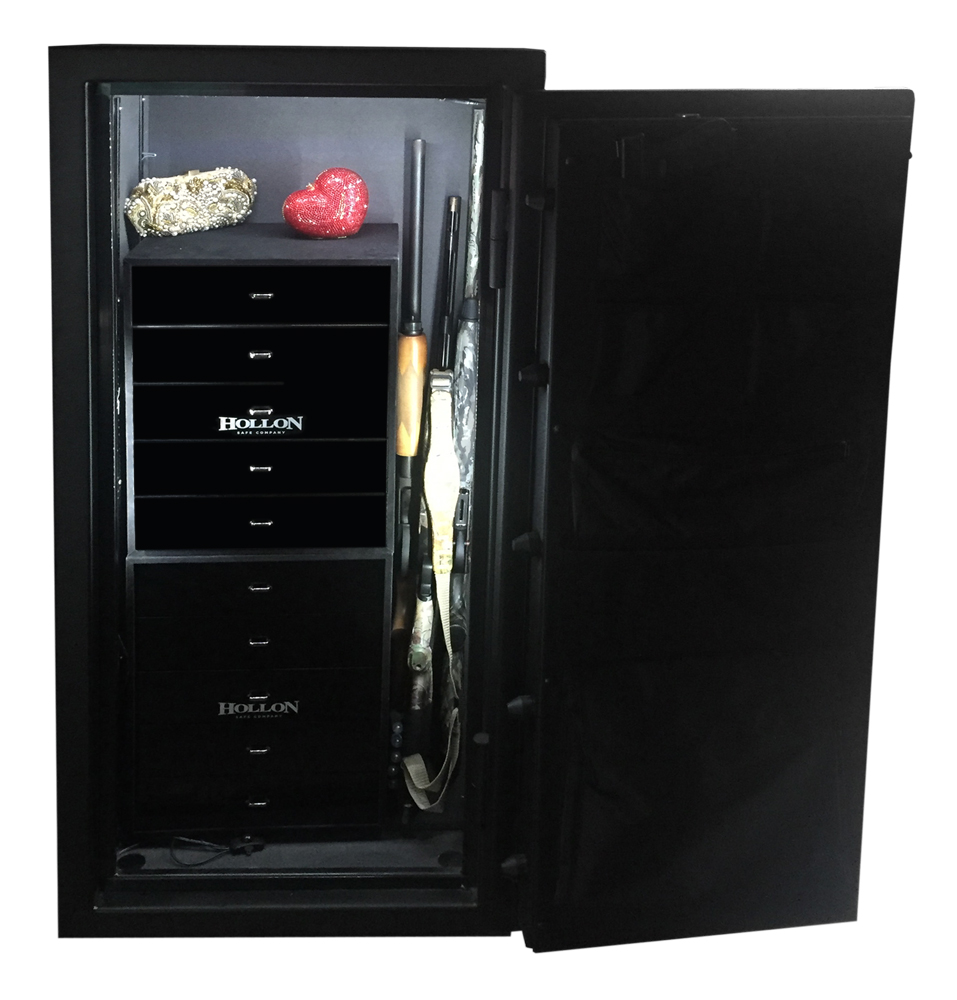Types of Safe for Review
There are a number of factors you should consider when choosing a safe for your home or business. Safes come in a variety of different designs, some with very specialized purposes. A chest safe is a small, chest-shaped safe that opens from the top. These are ideal for securing your valuable documents from fire, but since they can be easily carried off, do not provide much security from burglars. A cabinet-style safe provides more security, as it is much heavier than a chest-safe. Most cabinet-style safes have a freestanding, upright housing. Some models are available that are designed to be mounted in a wall for added security.
A depository safe is one that is designed to accept deposits of small items without having to open the safe. Deposits are usually made through a slot or hopper built into the safe. Depository safes are ideal for businesses that handle large amounts of cash, jewelry, or other small valuables. If you need to secure fragile computer backup media, special fireproof media safes are available. These special media safes provide more fire protection than a document safe, since computer backup media is more easily damaged. A floor safe is one that is designed to be permanently mounted in the concrete or wood floor of a building for added security. It would be difficult for a burglar to remove a floor safe to another location in order to gain access to it. Finally, if you need to secure pistols, rifles or shotguns, there are special gun safes designed for this purpose.
Another factor to consider when choosing a safe is the type of locking mechanism used on the safe. Models are available with mechanical key locks, combination dials, electronic keypads, and biometric scanners. The mechanical key lock type is the least expensive, but requires you to keep track of a key. The mechanical combination dial is more convenient. Look for a model with a 4-number combination for added security. Even more convenient is the electronic keypad locking mechanism. To open this type of safe, the user simply enters the combination on a PIN pad similar to the ones used on ATM machines. Multiple users with multiple PIN numbers can be enrolled to use the safe. For the best of both security and convenience, consider a biometric locking mechanism. This type of safe uses a fingerprint scanner to grant access. The user simply places their index finger on the scanner for about a second, and the safe opens.
Burglary and fire ratings are two additional factors that should be considered when choosing a safe. The burglary rating gives an indication of how difficult it would be to break into the safe. A typical burglary rating is a TL-15 rating. This means that the safe has been tested to resist break-ins by an experienced person (a professional locksmith), using common power and hand locksmithing tools, for a period of 15 minutes. Few burglars would risk being caught by spending this amount of time on your premises.
The fire rating of a safe gives an indication of how well the safe will protect the contents from damage in the event of a home or business fire. An example fire rating would be a 1 hour 350 degree F rating. This rating means that the safe has been exposed to a 1700 degree F fire for a period of 1 hour, and that the temperature inside the safe did not rise above 350 degrees F. This is a low enough temperature to keep from damaging most documents, jewelry or other valuables. Media safes, designed to protect delicate computer backup media, use 125 degrees F as the internal test temperature, as computer media can be damaged at a much lower temperature than documents.
As you can see, there are a number of factors to consider when choosing a safe. Be sure to decide which factors are important to you, in order to choose the safe that is right for your needs.





